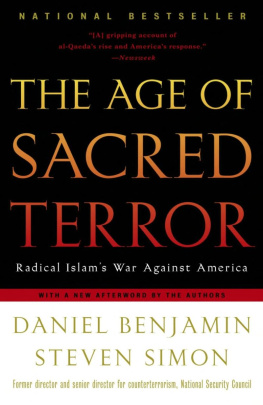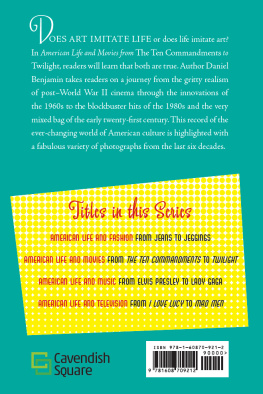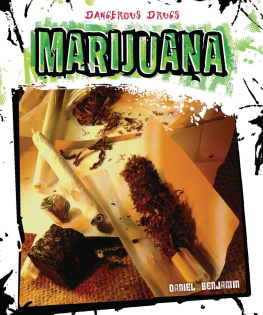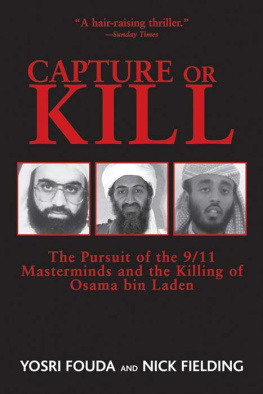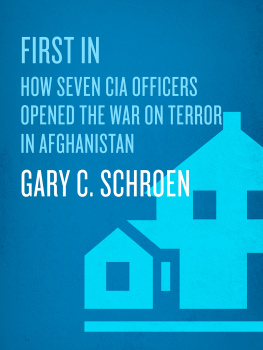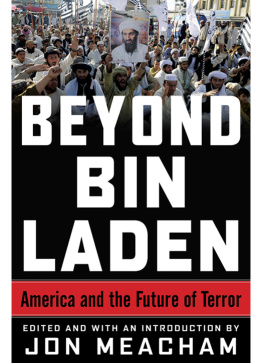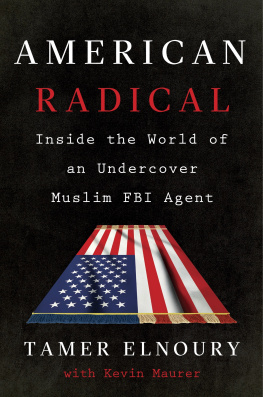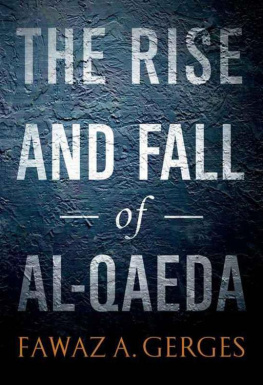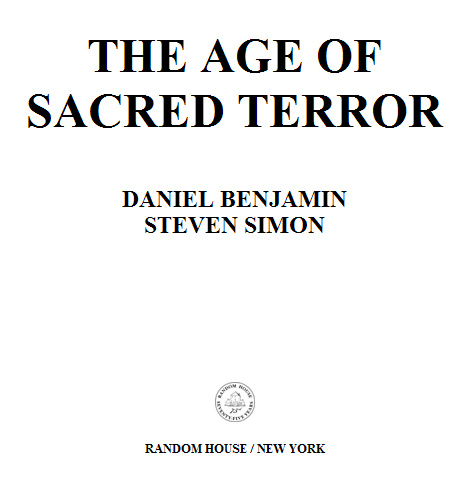
Copyright 2002 by Daniel Benjamin and Steven Simon
All rights reserved under International and Pan-American Copyright Conventions.
Published in the United States by Random House, Inc., New York.
RANDOM HOUSE and colophon are registered trademarks of Random House, Inc.
Grateful acknowledgment is made to Mark Russell for permission to reprint lyrics from his original song Wag the Dog, as performed on Crossfire, Sept. 7, 1998. Words and music copyright 1998 by Mark Russell. Reprinted by permission of Mark Russell.
Random House website address: www.randomhousebooks.com
Ebook ISBN9781588362599
rh_3.0_c0_r1
TABLE OF CONTENTS
PREFACE
This book was originally conceived in the late summer of 1999, in Room 302 of the Old Executive Office Building, the strange and wonderful nineteenth-century edifice inside the White House compound where much of the Presidents staff works. Room 302 was the home of the National Security Councils Directorate of Transnational Threats, which was responsible for issues including international crime, counternarcotics, critical infrastructure (computer security), homeland defense, and counterterrorism. At the time, Steven Simon was senior director and Daniel Benjamin was director for the last of these portfolios.
NSC is for many a familiar acronym but a little-known organization. Established by the National Security Act of 1947, the NSC is a body chaired by the President that brings together the vice president; the secretaries of state, defense, and treasury; the national security adviser; the director of Central Intelligence; the chairman of the Joint Chiefs of Staff; and other senior officials as needed to deliberate on foreign and security policy. In practice, a mention of the NSC is almost always a reference to the staff that serves the President and the national security adviser within the White House on matters ranging from high diplomacy to nuclear arms negotiations to humanitarian affairs. Its official job is to provide policy coordinationa task that can involve ensuring that all the executive branchs agencies agree on policy and are working together, or, as has increasingly been the case since Henry Kissingers tenure as national security adviser in the Nixon administration, it can mean driving the engine of state toward a particular set of goals.
The NSC is that rare thing in Washington, a flat organization. Under the national security adviser and his one or two deputies, it averaged between eighty and a hundred professionalsroughly twenty senior directors and the rest directorsduring the second half of the 1990s. In the final three years of the Clinton administration, the Transnational Threats Directorate was unusual in being run by a bureaucrat with an additional title: national coordinator for counterterrorism, infrastructure protection, and security. The man who held that position was Richard A. Clarke. Although others in the directorate handled important matters relating to terrorism (money laundering, for example), we and Clarke were the only people at the White House working full-time on the issue. Steven Simon, a career State Department civil servant, was detailed to the office from the Bureau of Political-Military Affairs at Foggy Bottom in April 1994; Daniel Benjamin, who had been a journalist and, most recently, had spent three years at the NSC as one of President Clintons foreign policy speechwriters, joined Transnational Threats in January 1998.
There could hardly be a better vantage point for tracking what was going on in the world of terrorism or how the United States was coping with that worlds challenges than TNT, as the office was known. Clarke chaired the governments interagency working groupthe Counterterrorism Security Groupwhich dealt with terrorism in all its aspects, from crisis management to budgeting to policy recommendations for the nations leaders. We participated in these meetings and, on occasion, chaired them and subgroups of the CSG. Our jobs involved working closely with the agencies that have primary roles in counterterrorismthe CIA, the State Department, the Defense Department, and the Justice Department and FBI as well as with others such as the Federal Aviation Administration, the Federal Emergency Management Agency, and the Immigration and Naturalization Service. Our responsibilities included staying current with the torrents of information provided daily by the many parts of the intelligence community, the State Department, the Pentagon, and other government sources concerning Islamist violence, the handful of states that sponsor terror, and other kinds of terrorist groups, ranging from the Colombian FARC and the Peruvian Shining Path to the Sri Lankan Tamil Tigers, the Kurdish PKK, and the Japanese Aum Shinrikyo. We needed to stay informed for reasons that were, organizationally speaking, horizontal and vertical: we had to be able to identify issues of concern with our colleagues from other agencies and keep the national security adviser and, by extension, the President briefed on important developments and supplied with options when decisions were required.
Our discussions in the summer and fall of 1999 centered on the changing nature of terrorism. Over the decade, there had been a series of conspiracies, many but not all carried out by Islamic extremists, that departed radically from the norms of terrorism to which the West had become accustomed. Familiar kinds of political reasons for attacks were giving way to religious ones. It seemed to us that the new motivation was related to a new level of violence, a desire to kill on a grand scale that had not been seen before. Even if these new terrorists did not often achieve their aims, their goals were dramatically different. We believed that the trend was ominous and had not been sufficiently recognized by the broader public. Al-Qaedas nearly simultaneous bombing of two United States embassies in East Africa was a watershed for us.
Each of us was preparing to leave the NSC by the end of 1999. We had both been at the White House for five years, working at an agency where most stayed for a year or two and where, for all the obvious rewards, the personal costs were considerable. (Coincidentallythough not incidentallyboth of us had gotten married in the summer of 1998.) The year after the embassy bombings was a series of nonstop crises and near crises, including a significant number of attempts to attack United States facilities and kill Americans. At our homes, the secure phones rang throughout the night as the Situation Room apprised us of threats, attacks against countries around the world, and plane crashes, or read to us one of the increasingly frequent outgoing diplomatic messages regarding terrorism for White House clearance. When we left the administration, Steven Simon was appointed assistant director of the International Institute for Strategic Studies in London. Daniel Benjamin received a senior fellowship at the United States Institute of Peace.
The book we planned to write was intended to provide a descriptive warning about the new terrorism and an analysis of its causes, including the resurgence of forms of religious belief that drive adherents to commit violence, and the circumstances that give rise to such creeds. During 2000, we began exploring these issues in articles in The New York Times and lengthier pieces in Survival, Britains equivalent to Foreign Affairs. We focused on al-Qaeda, writing that there was a new, religiously motivated terrorism... that [was not] constrained by limits on [its] violence and that the changes in motivation, tools, and weaponry could elevate terrorism from the level of tactical nuisance to strategic threat. We were fortunate to have positions in which we had latitude to research the issue because, in general, there was limited interest in terrorism elsewhere in the scholarly and think-tank world. Over the next eighteen months, we applied for a number of foundation grants to pursue this work and came up empty-handed. Centrist and left-of-center institutions appeared to see this line of argument as leading dangerously toward Muslim-bashing, despite our insistence on the distinction between violent Islamists and the vast majority of Muslims, as well as our stated interest in violence in other religious traditions. Right-of-center institutions indicated that terrorism was not a serious enough security issue to be worth their money.
Next page
